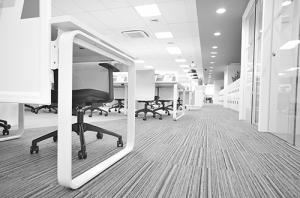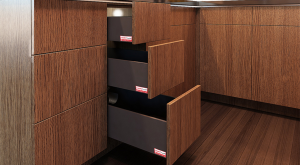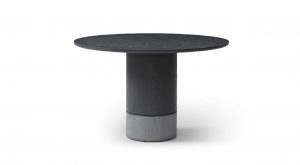Featured Post
Transform Your Workspace: Essential Office Furniture for Ergonomic Workstations
Overview
In today’s busy world, a well-designed workstation is vital for staying healthy and productive. This article dives into the best office furniture for ergonomic workstations, helping you create a setup that feels good and works well.
Why Ergonomics Matters
Sitting at a desk all day can take a toll on your body. Poor posture can lead to back pain, neck strain, and even wrist issues. Ergonomics is about making your workspace fit you, not the other way around. With the right furniture, you can avoid these problems and feel better while you work.
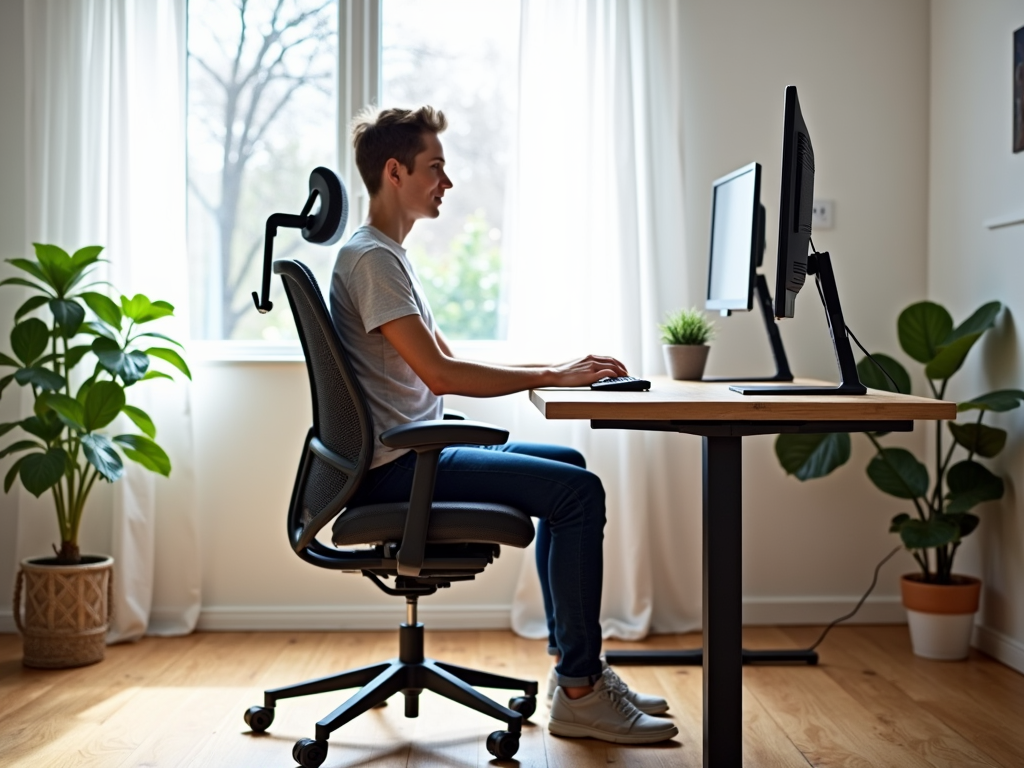
Your Bed Isn’t a Desk
Sometimes, working from your bed sounds appealing—especially with a cozy blanket and a laptop. But it’s a bad idea. Beds don’t support your back or neck properly. I tried it once and ended up with a stiff neck after just a few hours. Proper office furniture for ergonomic workstations is the way to go instead.
The Must-Have Furniture
To build an ergonomic workstation, you need a few key pieces. Here’s what to focus on:
- Ergonomic Chair: Supports your back and adjusts to your body.
- Adjustable Desk: Lets you sit or stand comfortably.
- Monitor Stand: Keeps your screen at eye level.
- Keyboard Tray: Positions your hands just right.
- Footrest: Helps if your feet don’t reach the floor.
These pieces work together to keep you comfortable all day.
Ergonomic Chair: Your Back’s Best Friend
A good chair is the heart of any workstation. Look for one with adjustable height, lumbar support, and armrests. Your feet should sit flat on the floor, and your knees should bend at 90 degrees. I used to slouch in an old chair, and my back paid the price. Switching to an ergonomic chair was a game-changer—it’s like my spine finally got a break.
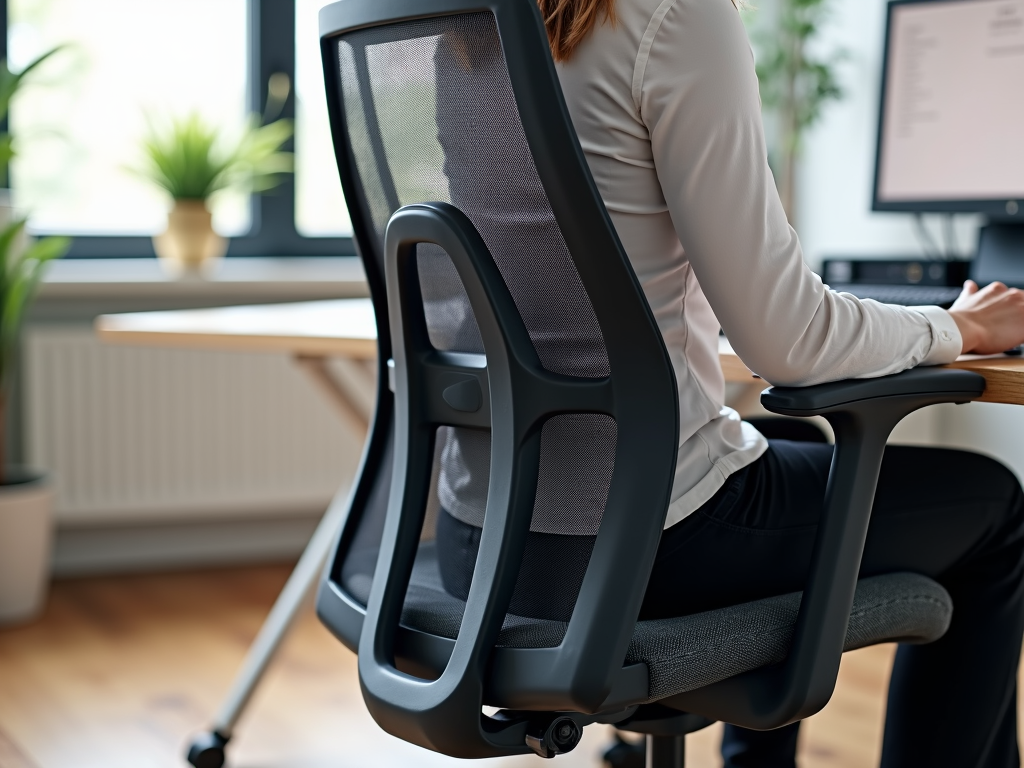
Adjustable Desk: Flexibility Is Key
An adjustable desk lets you set the height so your elbows are at 90 degrees when typing. Standing desks are popular too—they help you move more during the day. I tried standing for part of my workday and felt more awake. Just don’t stand all day—switching between sitting and standing works best.

Monitor Stand: Save Your Neck
Your monitor should sit at eye level, about an arm’s length away. If it’s too low, you’ll hunch over; too high, and your neck will strain. A monitor stand or arm fixes this. I used books to prop up my screen once, but a real stand made a huge difference—no more neck aches.
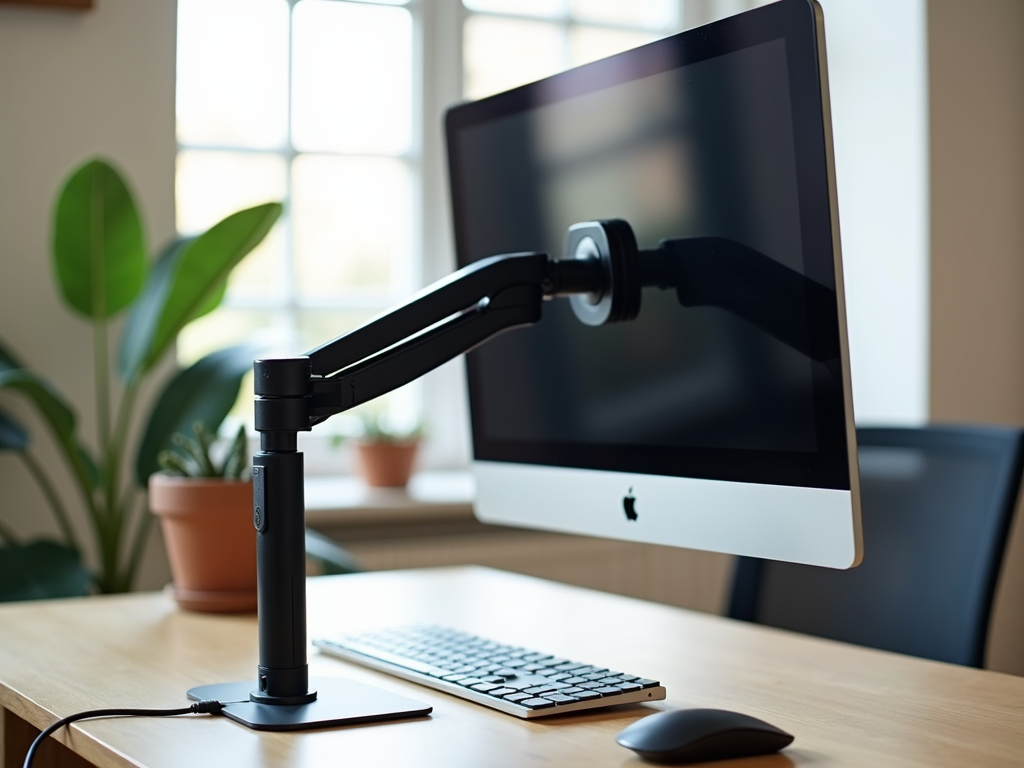
Keyboard Tray and Footrest: Small but Mighty
If your desk is too high, a keyboard tray keeps your wrists straight while typing. A footrest helps if your feet dangle—it keeps your legs comfy. I didn’t think I needed a footrest until I tried one. It’s a small thing, but it feels so much better.
How to Choose the Right Pieces
Picking office furniture for ergonomic workstations can feel overwhelming. Here’s a quick checklist:
- Chair: Adjustable height, back support, comfy seat.
- Desk: Height matches your elbows, sturdy build.
- Monitor Stand: Easy to adjust, fits your screen size.
- Extras: Keyboard tray or footrest if needed.
Test them out if you can—I learned the hard way that looks don’t equal comfort.

Setting It Up Right
Once you have your furniture, arrange it properly:
- Chair: Back straight, feet flat, knees at 90 degrees.
- Desk: Elbows at 90 degrees when typing.
- Monitor: Top of the screen at eye level.
- Keyboard: Wrists flat, not bent.
Take a minute to adjust everything. I tweak my setup every few weeks—it keeps me feeling good.
Why It’s Worth It
Good office furniture for ergonomic workstations isn’t cheap, but it’s an investment. Studies show ergonomic setups can cut down on back pain and boost focus. I’ve felt it myself—less discomfort means I get more done. Plus, you’re saving yourself from doctor visits down the road.
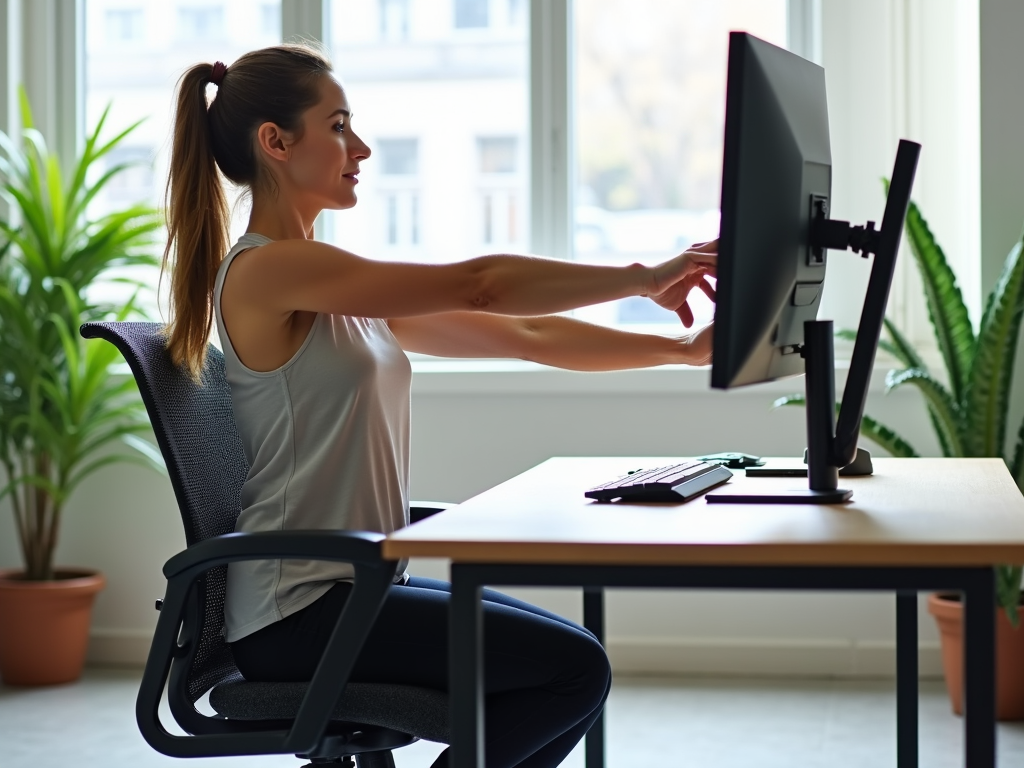
Tips for Long-Term Comfort
Even with the best setup, you need breaks. Stand up every hour, stretch your arms, and roll your shoulders. I set a timer to remind myself—it’s easy to get lost in work. Keep your space tidy too—clutter can mess with your focus.
Wrapping Up
Building an ergonomic workstation with the right furniture is a smart move. It’s not just about avoiding pain—it’s about feeling better and working smarter. Ditch the bed for a proper desk and chair. Your body will thank you. Check out the links below for more tips!





